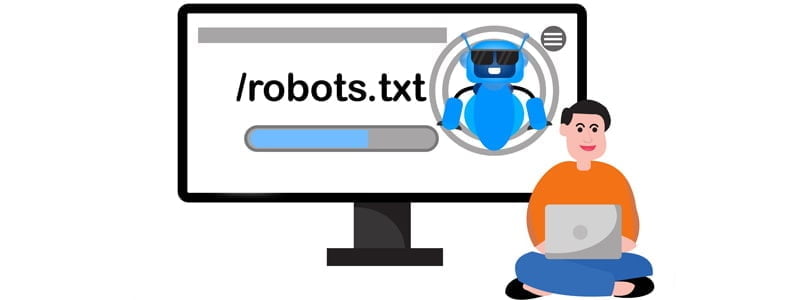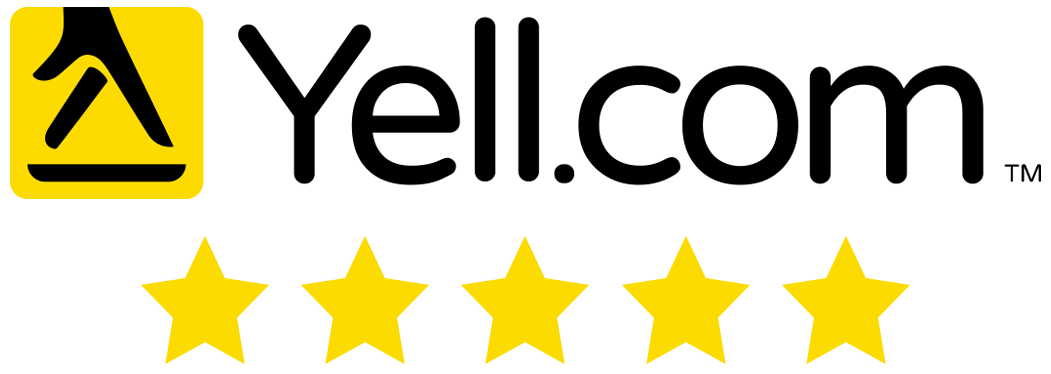6 Common Issues in Robots.txt Files
- 28 February, 2022
- Jason Ferry
- Google SEO

The robots.txt file is a useful and powerful tool for instructing search engine crawlers on how a Google SEO website should be crawled. Though it is not all-powerful, it can prevent servers and websites from getting overwhelmed with crawler requests. Thus, Google SEO experts must make sure they use their robots.txt files correctly. This is crucial whether they employ dynamic URLs or other strategies that generate an infinite number of pages.
Robots.txt and What It Does
The Robots.txt file, which is in the root directory of a website, uses a simple text format. It must be located in the topmost directory of the site because search engines will disregard it if put in a subdirectory. Despite its great potential, robots.txt is often a straightforward document and may even be generated in minutes using Notepad or other editor apps.
Below are some of the things that robots.txt can do:
Block websites from being crawled
The pages may still show in search results, but they won’t have a text description. Moreover, Google also won’t crawl any non-HTML content on the page.
Block media files in the search results
This includes audio files, videos, and pictures, all of which might be blocked depending on their type and whether or not they are public.
Block unimportant resource files, such as external scripts
However, if Google crawls a page that relies on one of those resources to load, the crawler will “see” a different version of the page where there is no resource. This could affect indexing.
Therefore, one cannot entirely remove a web page from Google’s search results by utilising robots.txt. To do so, they need to use an alternative approach like adding a noindex meta tag to the head of the page.
6 Common Robots.txt Mistakes
A mistake in robots.txt may have unwanted consequences, but one can still fix it. By correcting issues in robots.txt files, one can quickly and entirely recover from any mistakes. Below are the top six robots.txt mistakes that SEOs usually encounter:
1. Robots.txt missing in the root directory
Search robots will only discover the file in the root folder. That’s why one should include a forward slash between the .com (or equivalent domain) of the website and the “robots.txt” filename in the robots.txt URL. If there is a subfolder within that folder, the robots.txt file will not be visible to search robots, causing the website to appear as if it has no robots.txt file at all.
One can move their robots.txt file to the root directory, and everything should be fine again. It’s worth noting that this will require root access to the server. However, some content management systems place files in a “media” subdirectory, so one may need to work around it for the robots.txt file to go where it needs to go.
2. Improper use of wildcards
Robots.txt has two wildcard characters: the asterisk * and the dollar sign $. The asterisk represents instances of a valid character; it is similar to a Joker in a deck of cards. Meanwhile, the dollar sign signifies the end of a URL, enabling SEOs to apply rules only to the final part of the link, such as the filetype extension.
It’s important to take a minimalist approach in utilising wildcards since they might restrict access to a much larger section of the website. It’s also simple for an ill-placed asterisk to block robot access from the entire site. To resolve a wildcard problem, Google SEO experts must locate the incorrect wildcard and either delete or move it.
3. Noindex in robots.txt
This problem occurs more frequently on older websites. Ever since 1 September 2019, Google has stopped following noindex rules in robots.txt files. If the robots.txt file was generated before that date or contains noindex instructions, those pages might appear in Google’s search results. The solution to this issue is to use an alternative “noindex” approach, such as the robots meta tag, which should be placed at the top of every web page to exclude them from Google’s index.
4. Blocked stylesheets and scripts
It may appear to be a good idea to restrict crawler access to cascading stylesheets (CSS) and external JavaScript files. However, Googlebot needs access to CSS and JS files to “read” the PHP and HTML pages correctly. Therefore, one must double-check if the robots.txt blocks the crawler from accessing the required external files.
One can fix this issue by removing the line from the robots.txt file preventing access. Alternatively, if there is no need to block certain files, one can insert an exception that restores JavaScripts and CSS.
5. Missing sitemap URL
This issue has more to do with SEO. SEOs should place their sitemap’s URL in the robots.txt file to provide Googlebot with an early start in determining the website’s structure and major pages.
Omitting a sitemap has no negative impact on the website’s appearance and core functionality in the search results. While it is not technically an error, it’s still worthwhile to include the sitemap URL in the robots.txt to boost SEO.
6. Access to development websites
Blocking crawlers from accessing a live website is a no-no, but one should not allow them to crawl and index pages that are still under construction. Placing a disallow instruction in the robots.txt file for web pages under development is good practice so that search users will not see it until it’s complete.
It’s also critical to remove the disallow instruction when launching the completed Google SEO website. One of the most frequent mistakes made by web developers is forgetting to remove this line from robots.txt, which can prevent the whole site from being indexed correctly.
Position1SEO Can Help You Deal with Robots.txt File Issues
Are you searching for an SEO agency that can help you fix your website’s robots.txt issues? Look no further than Position1SEO. We are also experienced in boosting your search visibility, rankings, and site traffic, so you can find your SEO website on the top Google page. Our unique process is designed to help you convert more of your website visitors into paying customers.
We use only white hat SEO tactics and positive link building, so you can be sure that your website secures a spot on Google Page 1. Contact us today to learn more about how we can help you achieve online success! Visit us at position1seo.co.uk today!















